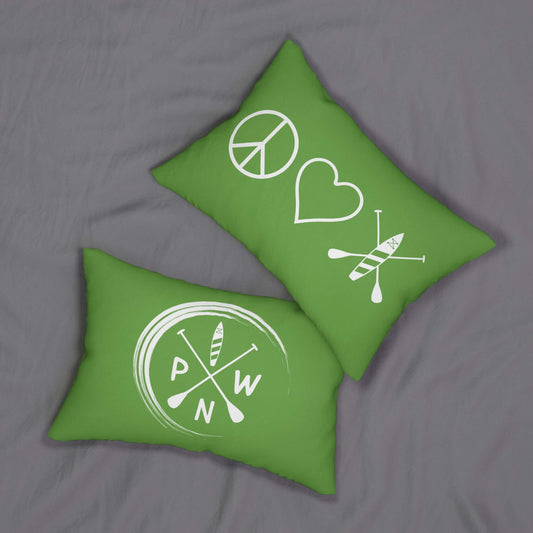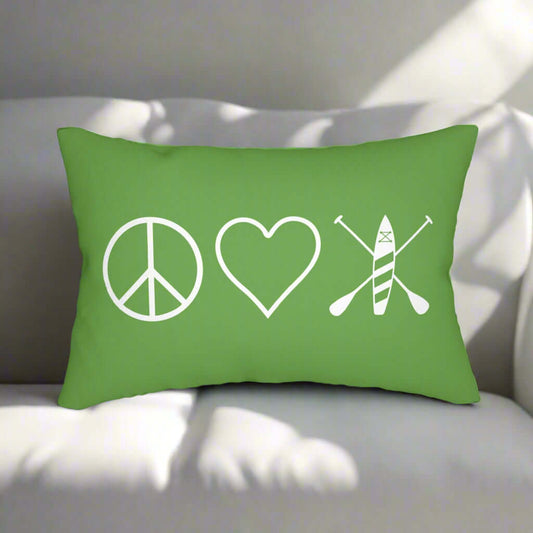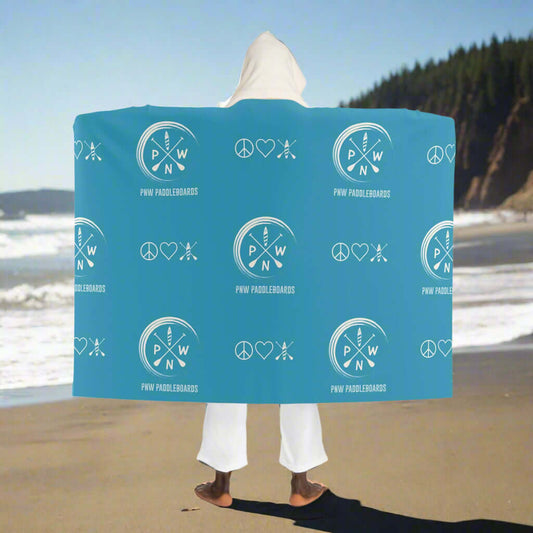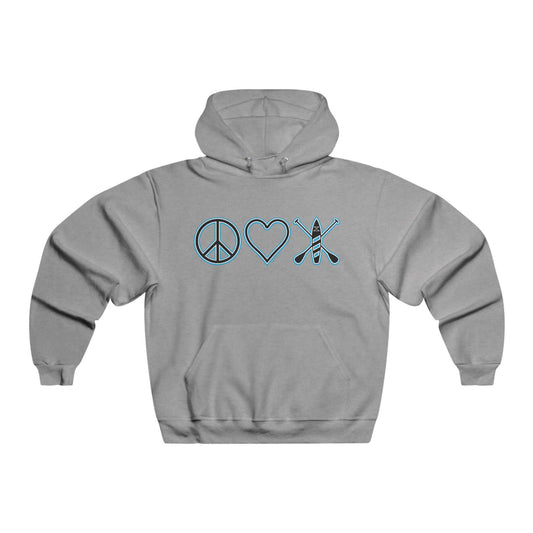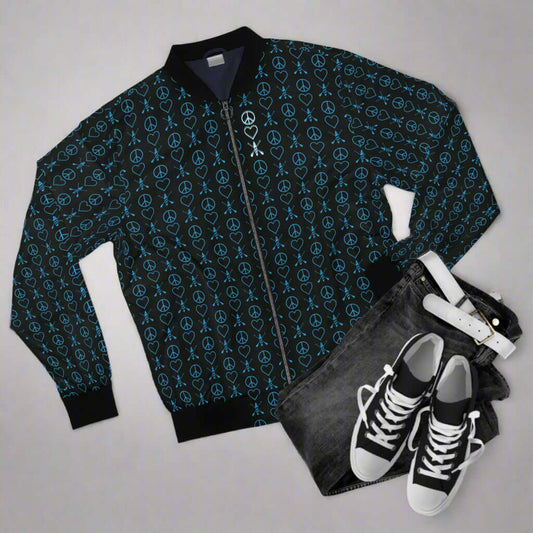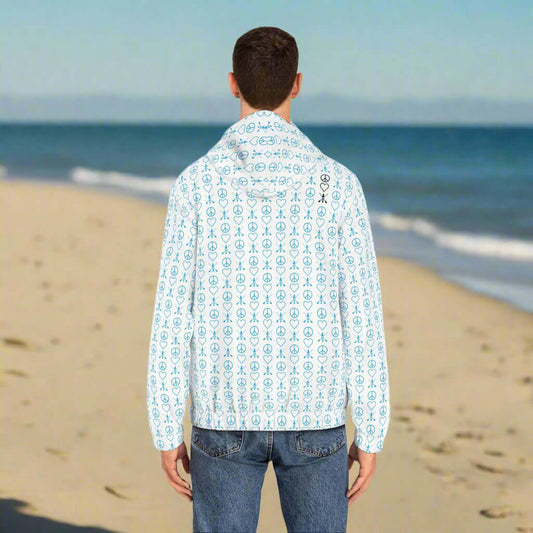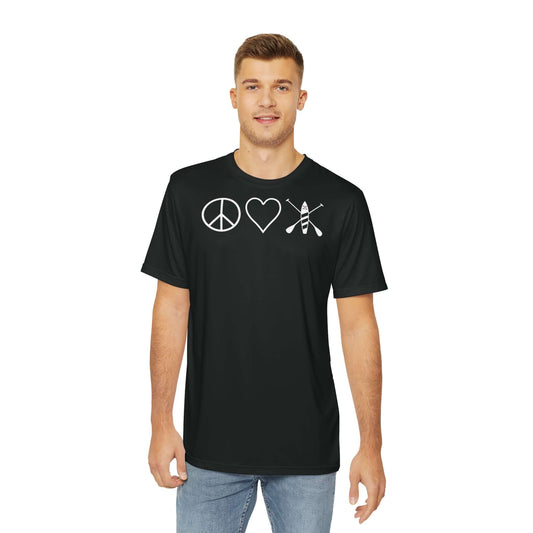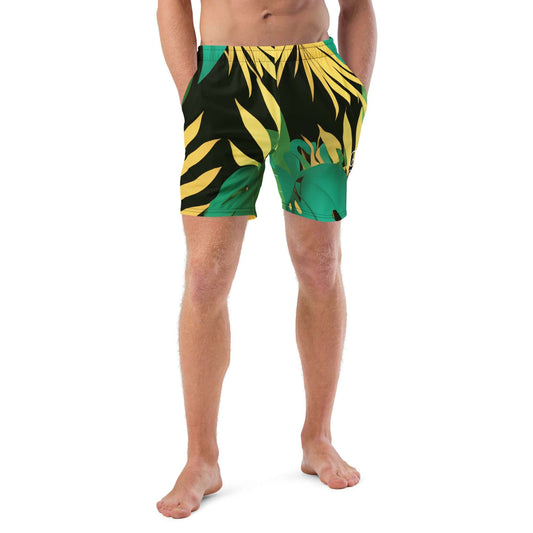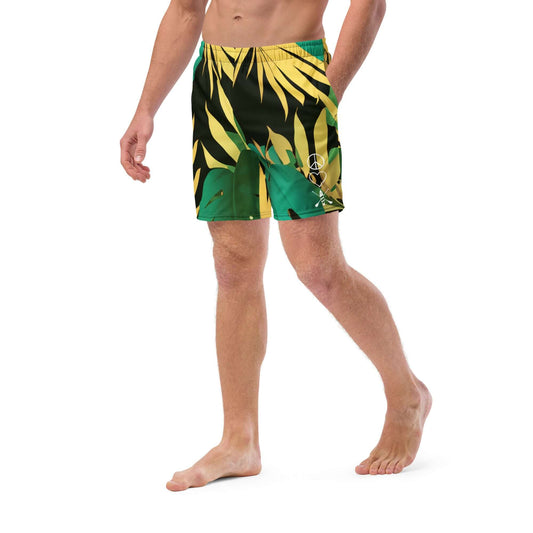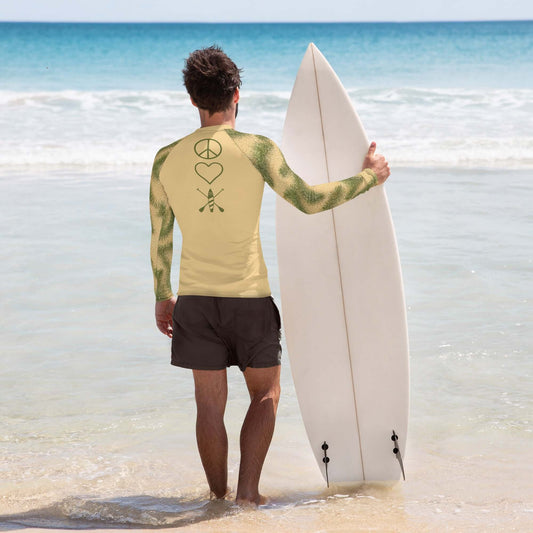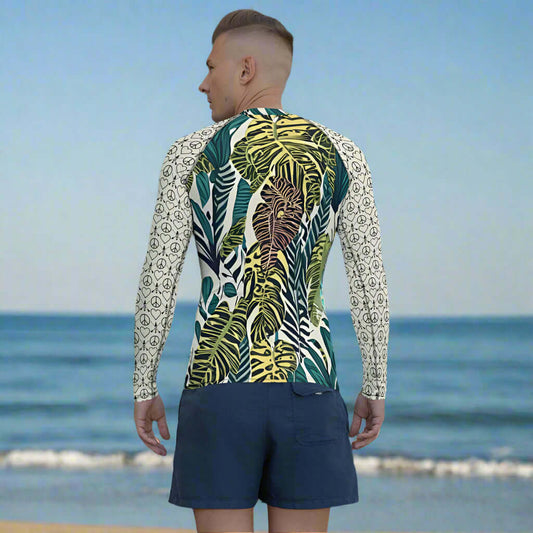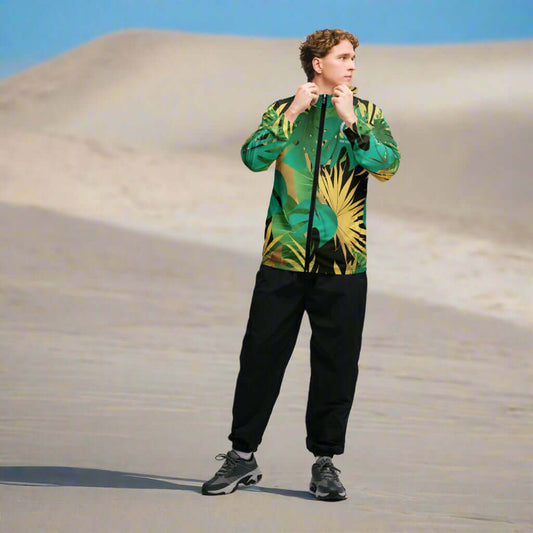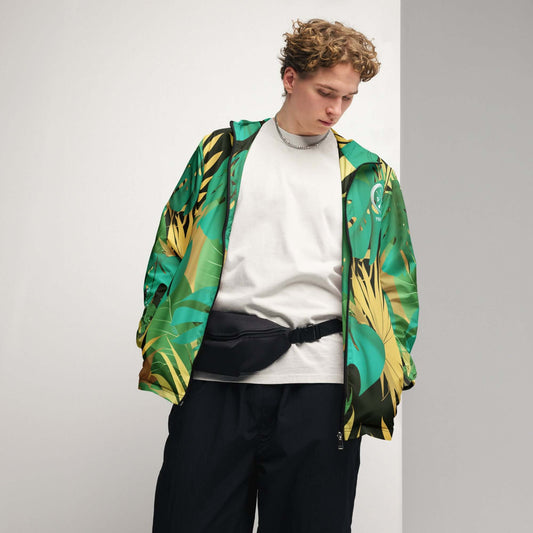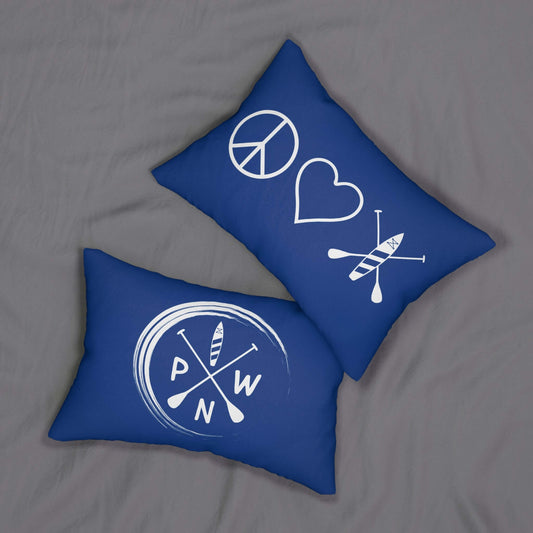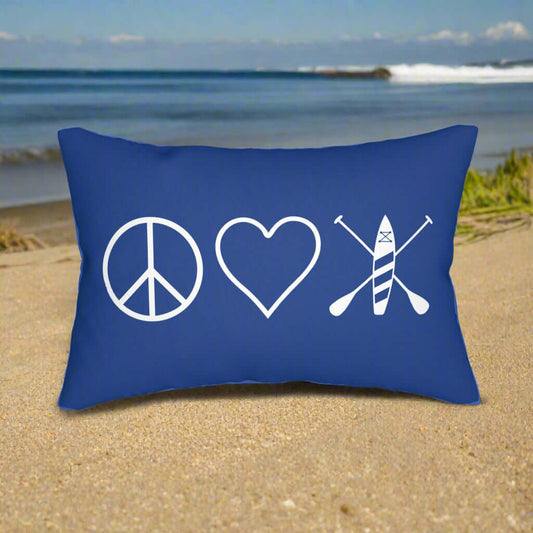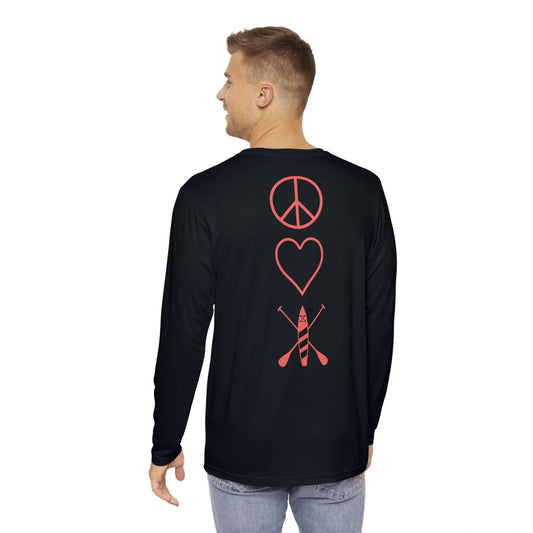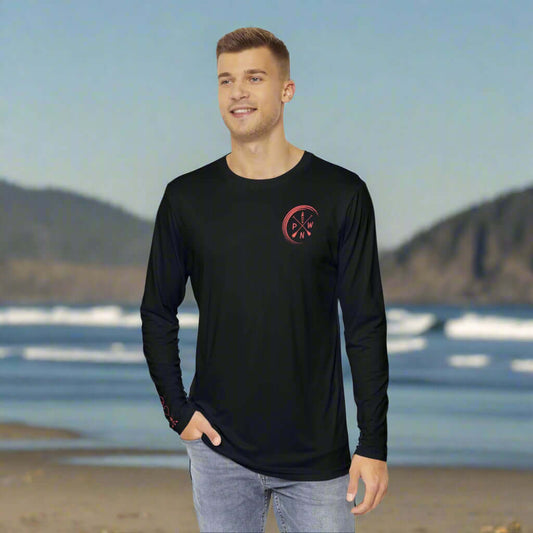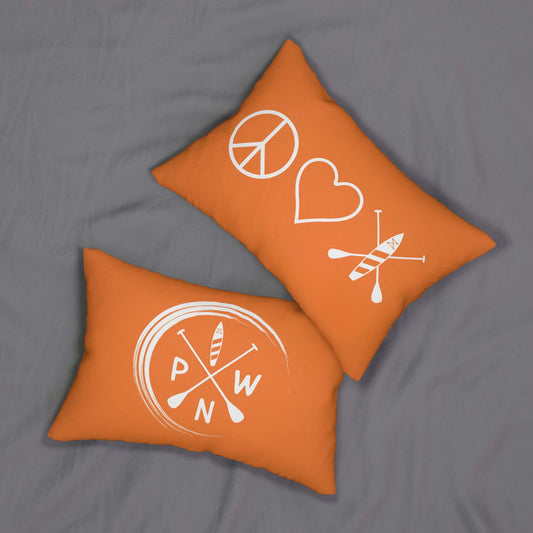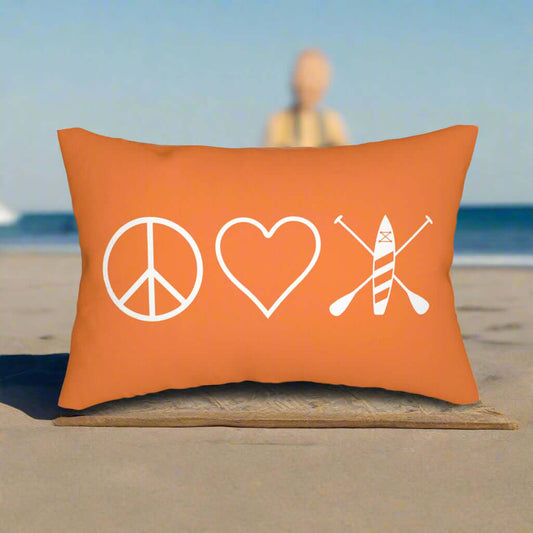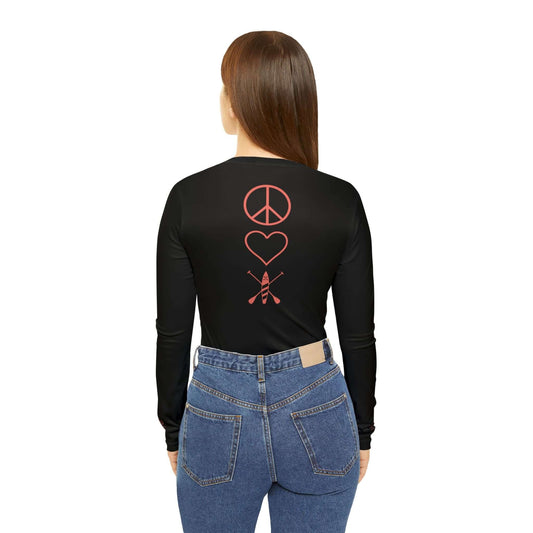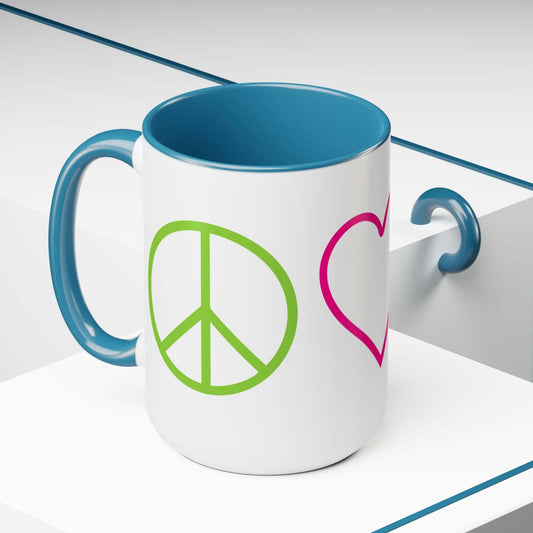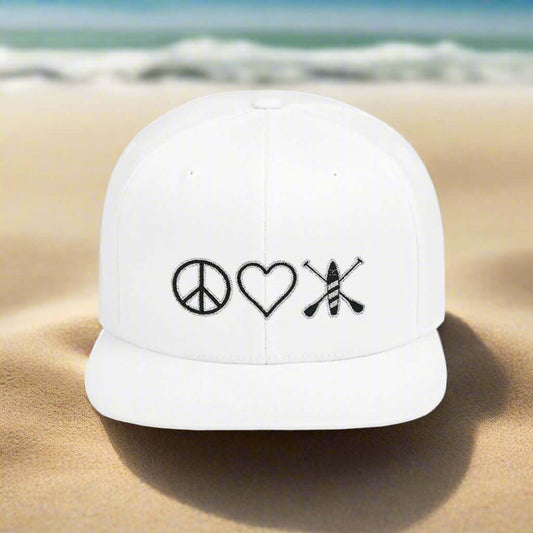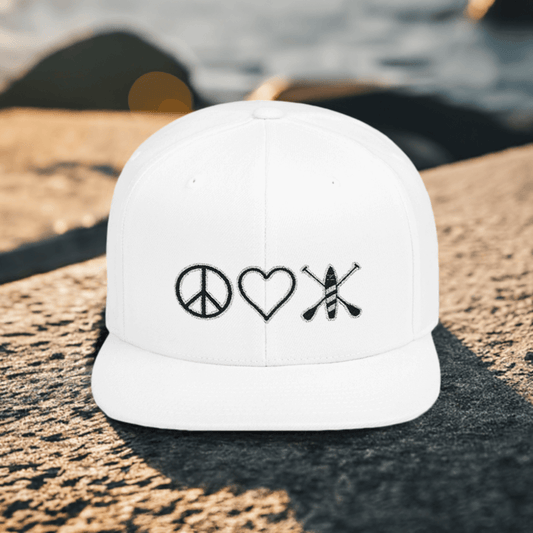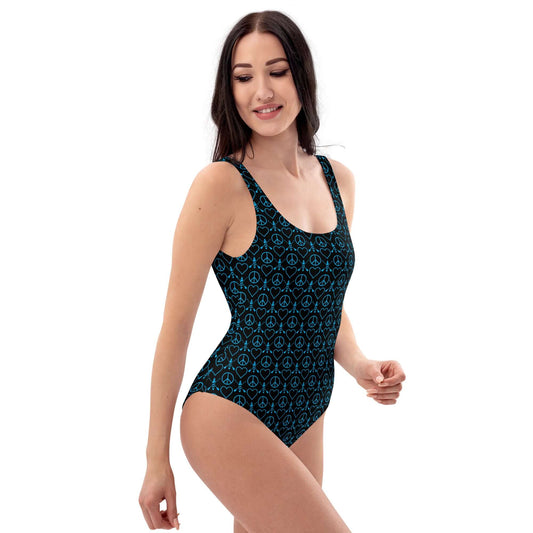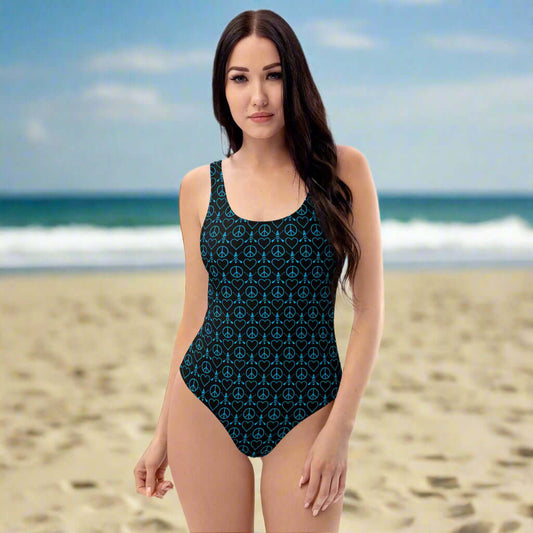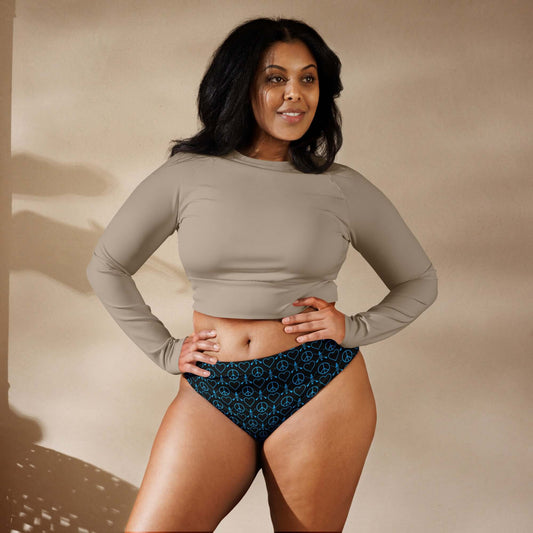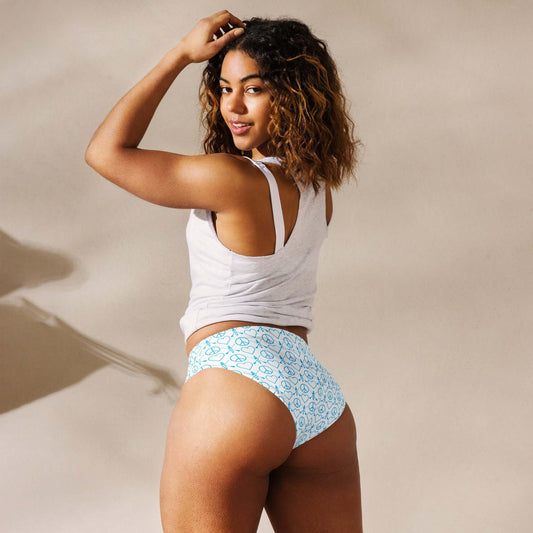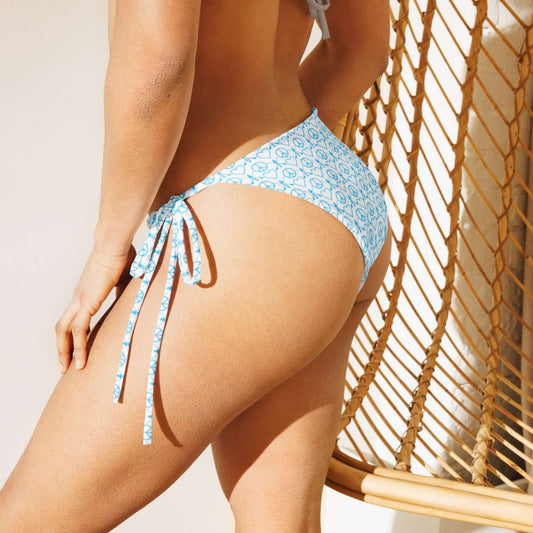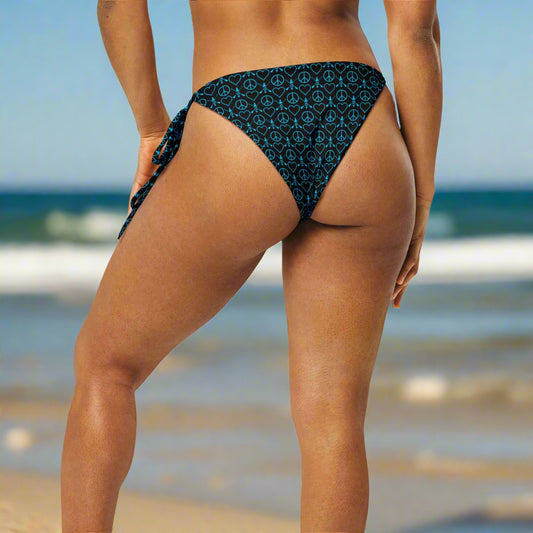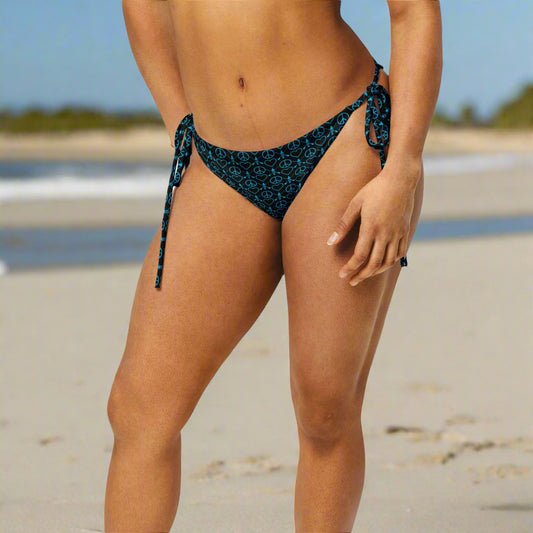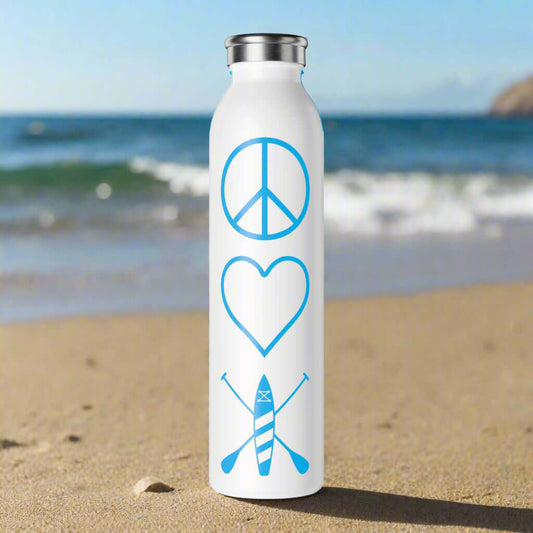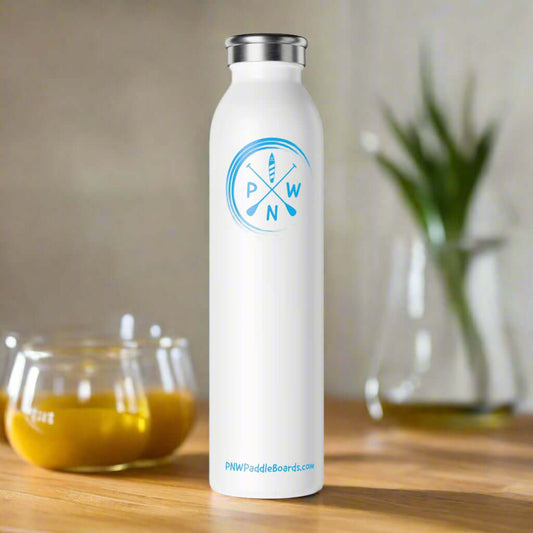
Avoid These Common Paddleboarding Mistakes!
Frequently Asked Questions
-
What is paddleboarding?
Paddleboarding also provides an adventurous way to get a full-body workout; it involves standing on a large, buoyant board and using a long paddle to push against the water. -
What are some top mistakes beginner paddleboarders make?
These are common errors including choosing the wrong kit, failing to wear safety equipment, using incorrect paddling skills, not considering the weather, overdoing it, not learning how to fall, and picking the wrong locations. -
What safety equipment can I use while paddleboarding?
Always wear a life jacket or personal flotation device and use a leash to keep you connected to your paddleboard, if possible. -
What are the ways, what do you think is the best, for improving my paddling?
Establish a comfortable stance with a slight bend in the knees, grip the paddle loosely but firmly, and cleanly enter the water with the paddle blade. -
What do I do if I fall off my paddleboard?
Recognize that falling is a part of the experience. Fall off the back of the board and flop flat on your back and use the swimming technique of going to the tail of the board to climb back on it.
Paddleboarding is a fun and adventurous way to immerse yourself in nature while getting in a great full-body workout. But whether you’re new to the sport or a seasoned paddler, there are certain mistakes that can sour your time out on the water. In this guide, we’re going to take a closer look at the most common paddleboarding mistakes to avoid to help you get the most fun and adventure out of a SUP while having a safe and fun session out on the water.
Paddleboarding: Understanding the Basics
Before we explore the mistakes to avoid, it's important to understand the basics of paddleboarding. You stand on a big buoyant board and paddle with a long oar across the water. A popular pastime for outdoor enthusiasts, this sport is enjoyed by players of various abilities. Yet knowing the fundamentals not only improves your technique but also makes your overall experience safer.
Choosing the Wrong Equipment
One of the biggest mistakes new paddlers make is buying the wrong kind of paddleboard. Things like your weight, height, and what kind of water you’ll be paddling in can all change your experience markedly. The right equipment for your needs is essential.
-
The type of paddleboard: There are different styles of paddleboards ideal for specific activities.
-
All-around boards: Perfect as a versatile board if you want to do everything, from yoga to racing to touring.
-
Paddle Height: Generally, your paddle should be 6 to 12 inches taller than you are. A paddle that is too long or too short can negatively impact how efficiently you stroke and your overall comfort while paddling.
Neglecting Safety Gear
Water sports are fun, but safety always comes first. Many paddleboarders don’t pay enough attention to safety gear. Here’s what you need to know:
- Life jackets: Always wear a life jacket or personal flotation device, especially if you’re paddling in open water or unpredictable weather.
- Leash: A leash attaches you to your paddleboard and prevents it from floating away if you fall off or are separated from it.
Improper Paddling Technique
Using proper paddling technique is crucial for maneuverability and efficiency. Using the wrong technique can cause fatigue and make your experience less enjoyable.
Stiff Posture and Grip
A common mistake is keeping a stiff posture and grip on the paddle. Keep your knees bent and relaxed, and let your body find its center of balance. Your grip on the paddle should also be relaxed but controlled. This will enable smoother strokes and more power.
Incorrect Stroke Technique
Your paddling technique plays a big role in how efficiently you move through the water. Make sure to:
- Get In the Water Right: During each stroke, your paddle blade should enter the water right at your toes.
- Pull, Don’t Push: Drive the paddle through the water using your core, not your arms.
Ignoring Weather Conditions
Weather is a big factor that can affect the paddleboarding experience. One common mistake is disregarding weather forecasts, leading to unnecessary challenges.
- Wind: Strong winds can cause choppy water and make paddling difficult. If the conditions don’t look good, it’s best to skip the paddle session.
- Water Conditions: Look out for waves, currents, and tides, particularly if you’re near an ocean or river. Knowing these conditions can help you plan a safer route.
Paddleboarding Downstream
One common mistake adventurers make is heading out without checking for water currents. When launching your paddle, always face upstream so you’re not working against the current and tiring yourself out. You’ll be glad of the current’s help on your way back!
Overexerting Yourself
Although paddleboarding is meant to be fun and adventurous, over-exertion can turn your fun into exhaustion. Especially if you’re not an experienced paddler, it’s important to pace yourself.
Set Realistic Expectations
Beginners often bite off more than they can chew when it comes to distance in one session. Based on your fitness level and how long you plan to paddle, set achievable goals to avoid tiring yourself out.
Take Breaks
Feel free to take breaks every once in a while. Taking a break gives you time to hydrate, refuel, and regain your strength. Make the most of these breaks to visit beautiful spots since it only adds to the thrill and adventure!

Failure to Learn How to Fall
Falling off a paddleboard is common, especially for beginners. But how you fall can dictate whether your experience is fun or frustrating.
Embrace the Water
Don’t panic—falling is part of the fun! Here are some quick tips to minimize the risk of injury:
- Fall Away From the Board: If you feel yourself losing balance, steer yourself toward the edges of the board so you don’t hit it as you fall.
- Land Softly: Try to land flat on your back instead of feet-first to avoid straining your legs or ankles.
Getting Back On
After a wipeout, many people struggle to get back on their board. Here’s a simple tip for reboarding:
- Swim to the tail of the board.
- Kick your legs to lift your body onto the board.
- Roll onto your knees and then stand up when you’re balanced again.
Paddleboarding in the Wrong Locations
Choosing the right location is key to having an enjoyable paddleboarding experience. Opt for beginner-friendly and scenic spots. Stay away from high boat traffic or strong current areas until you are more skilled.
Finding Safe Locations
Look for calm lakes, slow-moving rivers, or areas designated for paddleboarding. Such locations often provide a peaceful and stress-free environment for beginners.
Now that you know the most common paddleboarding mistakes to avoid, you're better equipped to have a great time on the water. Stay safe, have fun, and embrace the adventure!

